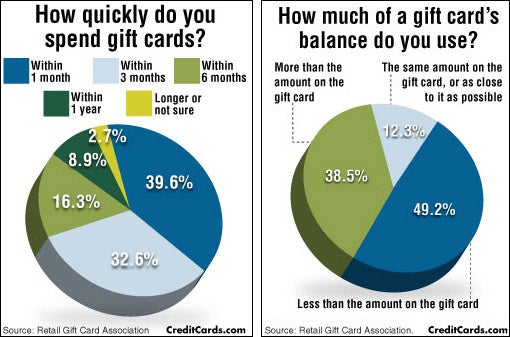Engraved glass products can convey a feeling of refinement, sophistication and brand identity. Font selection plays an essential duty in developing the tone of an inscription, particularly when creating corporate presents or turning point events.
Modern sans-serif fonts offer a well balanced aesthetic for engravings that share advancement or forward-thinking brand identities. Attempt pairing them with traditional serifs to bring a more imaginative style to your designs.
1. Flared or Moving Information
Engraving on glass supplies a range of design alternatives. For rounded objects, such as containers or jars, using a rotating accessory permits constant and even inscribing across the surface. Etching from the inside of the glass allows an extra refined, ornamental appearance and even a full-color paint fill.
Playful typefaces evoke power and charm, making them ideal for brand names that aim to attract attention and resonate with target markets. The overlapping, interlacing and weaving of letterforms create a feeling of movement or deepness in typography that captures the target market's attention and intrigue.
Clarity is a key variable to consider when picking a font for glass inscription. Choosing the appropriate size, weight and spacing permits easy analysis at any angle or range. Font style likewise contributes, with script and attractive fonts supplying a formal or sophisticated look, while handwritten typefaces provide an extra personal touch. Variable font styles enable designers to include a range of designs and weights in a single file, which assists maintain consistency and makes certain that the text or graphics are still readable.
2. Warped or Distorted Kind
Embedding distorted message within a design is an efficient means to add character and make the layout stand out. This style has actually become especially preferred for logo designs and short taglines, as it emits a feeling of personality while likewise showing up modern and distinct.
Glass distortion is a typical trouble that can occur during manufacturing, handling or installation of rounded glass panels. It can be triggered by the level panel being rolled into a curved form, flexing the glass while warming it or during installment.
One way to decrease the event of glass distortion is by utilizing a top quality rounded laser engraving equipment with a rotary attachment. This technique enables you to map the surface area of the curved panel with a marker and after that determine the distortion. After that, you can utilize this information to establish suitable tolerances for the rounded panel. This procedure is time consuming, nonetheless, and would certainly be more efficient if it could be automated.
3. Kicked back Typography
As homes and workplaces change in the direction of minimal aesthetics, etched glass provides a sophisticated option for including appearance to a room. Its refined elegance is perfect for a modern interior design and complements the most recent glass manufacturing patterns.
Utilizing CNC laser innovation, complex patterns can be etched right into glass surface areas, with layouts varying from geometric to organic. This freedom allows designers to create unique, artistic work and cater to a wide variety of applications.
Unlike other decorative materials, engraved glass is appealing and communicates with light to transform the ambiance of a room. This characteristic draws in a niche market of enthusiasts and boosts glass wares to the standing of art. The worldwide glass etching market is growing due to the rising need for tailored presents and bespoke building aspects. Technological advancements and the rise of on-line industries are likewise driving market growth. However, the high initial financial investment expenses of sophisticated glass personalized candle glass engraving machines restrict market infiltration.
4. Illegible Type
Personalized glass is an attractive and practical type of art that evokes a classy feel. From engraving the bride and groom's names on wedding sparkling wine glasses to producing corporate awards, inscribing glass is a prominent and versatile means to produce a distinct product for individual or industrial use.
Glass inscription is normally done by using among a number of methods, consisting of sandblasting, acid etching, and laser inscription. Sandblasting is widely made use of for high-volume manufacturing, balancing cost-effectiveness with top quality, while acid etching supplies higher degrees of detail and precision for even more premium applications. Laser inscribing uses the most adaptability and speed for mass customization of glass items, driving development in the sector.
Selecting the right laser engraver for glass can make all the distinction in your finished item. The Gweike Cloud Pro, for instance, is a great option for professional glass laser inscription, with its industrial-grade components, bent engraving capacities, and wise set processing. Adding dampened paper towel or application tape to your workplace can likewise aid stop the surface area from coming to be harsh, guaranteeing a smoother and extra consistent inscription.
